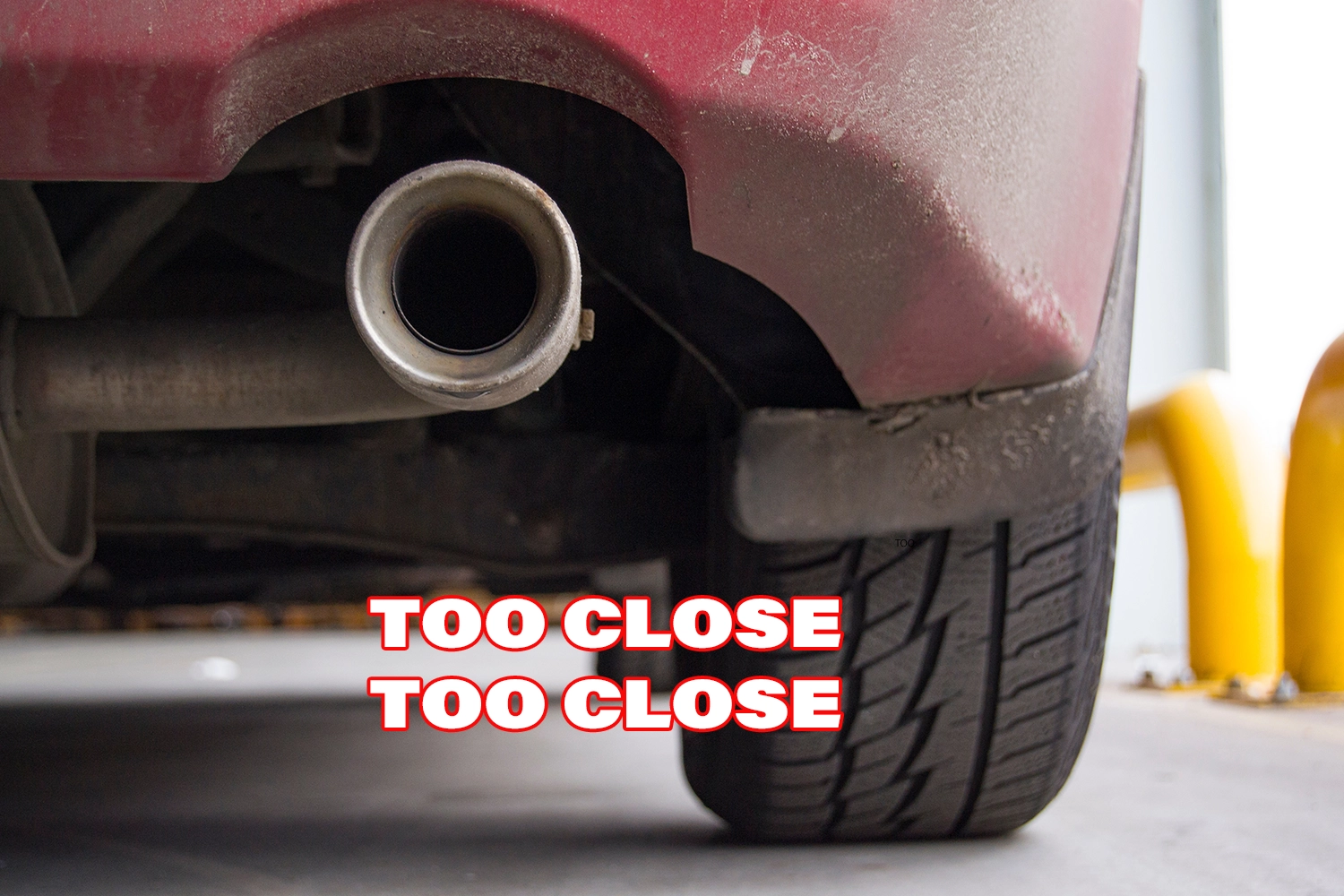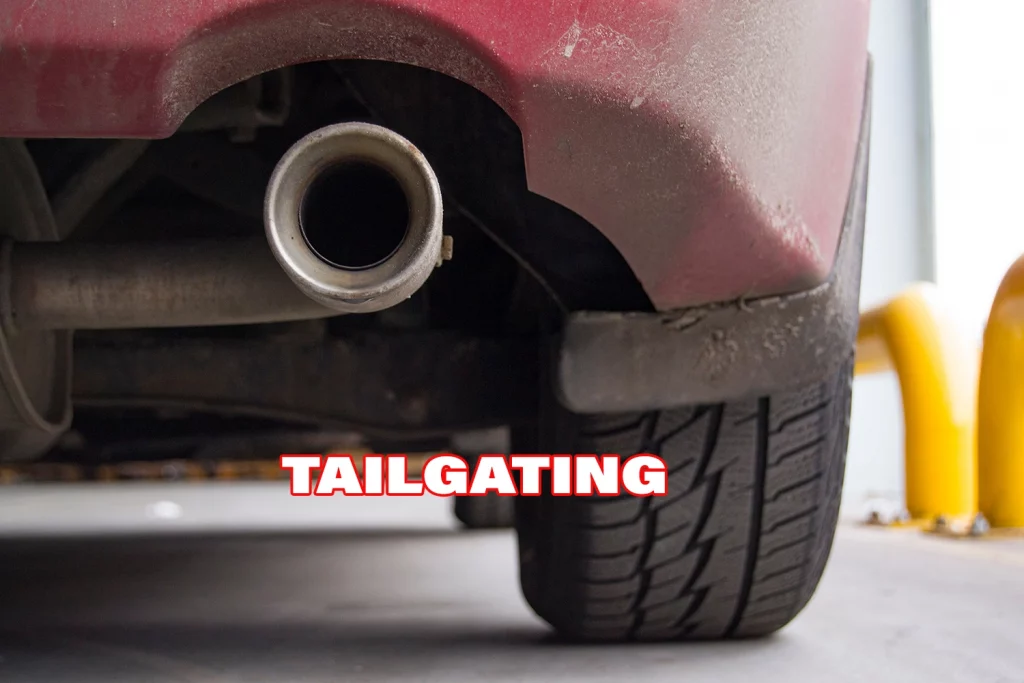Everyone in your gang, or in your group, or all around you, is doing a certain thing (tailgating), and you get used to it as a norm. But then trouble comes. Hmmmm.
Tailgating, the practice of following another vehicle too closely, poses significant risks to road safety. Maintaining an adequate following distance is crucial to allow sufficient time to react to sudden stops or emergencies.
Understanding Safe Following Distances
The “two-second rule” is a widely recommended guideline for maintaining a safe following distance under ideal driving conditions. This rule suggests that drivers should stay at least two seconds behind the vehicle in front. To apply this, choose a fixed point on the road ahead; when the rear of the vehicle in front passes that point, count “one thousand one, one thousand two.” If you reach the same point before finishing the count, you’re following too closely and should increase your distance.
In adverse conditions such as rain, fog, or heavy traffic, it’s advisable to increase this distance. Some safety experts recommend a “three-second rule” or even a “four-second rule” to account for reduced visibility and longer stopping distances. For instance, in wet conditions, doubling the following distance to four seconds can provide a safer buffer.
Dangers of Tailgating
Tailgating significantly increases the risk of rear-end collisions. If the leading vehicle stops suddenly, a driver following too closely may not have enough time to react, leading to a crash. Such collisions can result in serious injuries and substantial vehicle damage.
Beyond the immediate risk of accidents, tailgating can also lead to aggressive driving behaviors and road rage incidents. Drivers who feel pressured by a vehicle following too closely may become anxious or make erratic decisions, further compromising road safety.
Legal Implications
Many jurisdictions have laws against tailgating, categorizing it as “driving without due care and attention.” Penalties can include fines and demerit points on the driver’s license.
Promoting Safe Driving Practices
To enhance road safety, it’s essential to adhere to safe following distance guidelines. Regularly practicing the two-second rule and adjusting for adverse conditions can help prevent accidents. Additionally, being aware of and complying with local traffic laws regarding following distances is crucial.
By understanding and implementing these safe driving practices, drivers can contribute to a safer driving environment for everyone on the road.






Comments are closed